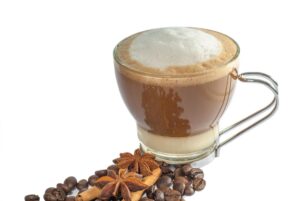
How to prepare a bombon coffee?
The café bombón is a sweet sensory experience and is traditional in the Spanish Levante region. This is the result of mixing the intense flavour of
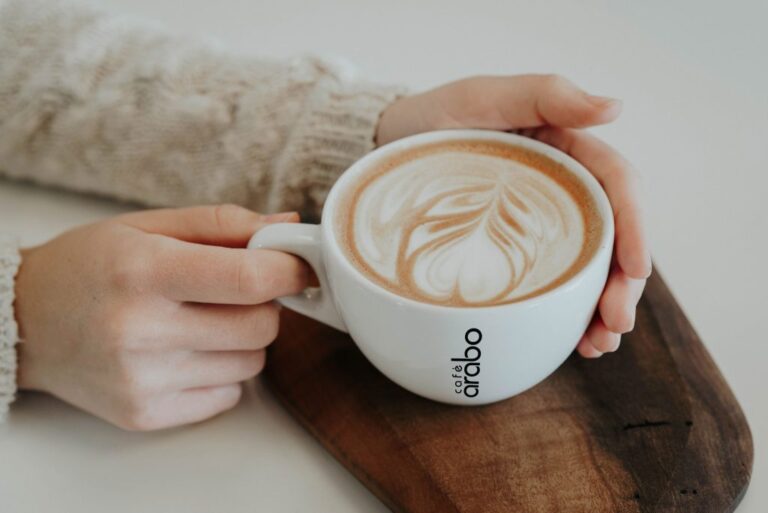
If you’re like most adults, caffeine is part of your daily routine. But do you know the caffeine content of your favourite drinks?
The caffeine content of coffee depends on many factors, such as the following:
We will now show you the caffeine content of the different types of coffee we know.
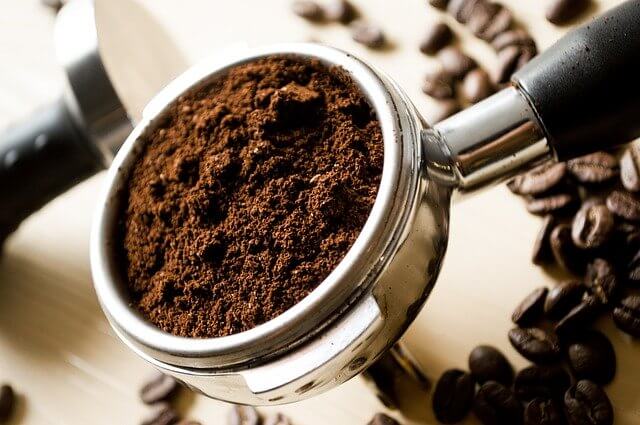
It is the most common type of coffee in the United States and Europe. It is prepared by pouring hot or boiling water over ground coffee beans, usually contained in a filter. One cup of brewed coffee contains 95 mg of caffeine.
Espresso coffee is prepared by forcing a small amount of hot water, or steam, through finely ground coffee beans. Although espresso has arguably more caffeine by volume than brewed coffee, it tends to have a smaller portion. A shot of espresso is typically about 30-50 ml and contains about 63 mg of caffeine.
Many of the most popular coffee drinks are made with shots of espresso mixed with different types and amounts of milk. These include latte, cappuccino, macchiato and Americano.
As the milk contains no additional caffeine, these drinks contain the same amount of caffeine as pure espresso.
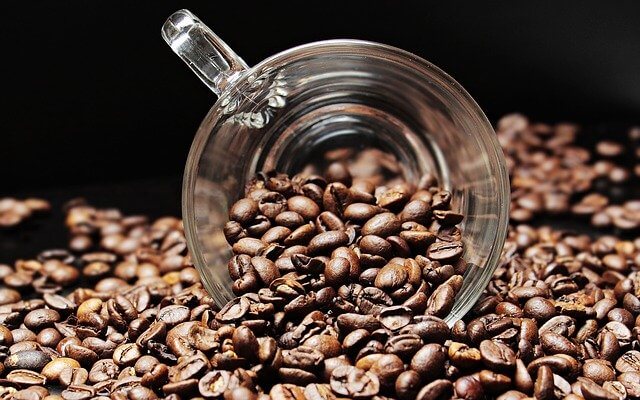
Instant coffee is made from brewed coffee that has been freeze-dried or spray-dried. It is usually in large, dry chunks, which are dissolved in water. To prepare instant coffee, simply mix one or two teaspoons of dried coffee with hot water. No brewing is necessary.
Instant coffee usually contains less caffeine than regular coffee, with one cup containing approximately 30-90 mg.
Although the name may be misleading, decaffeinated coffee is not entirely caffeine-free. It can contain varying amounts of caffeine, ranging from 0 to 7 mg per cup, with the average cup containing 3 mg.
However, some varieties may contain even higher amounts of caffeine, depending on the type of coffee, the decaffeination method and the size of the cup.
Finally, remember that according to FDA scientists, caffeine can be part of a healthy diet for most people, but too much caffeine can be a health hazard. Depending on factors such as body weight, medications taken and individual sensitivity, “too much” can vary from person to person.

The café bombón is a sweet sensory experience and is traditional in the Spanish Levante region. This is the result of mixing the intense flavour of

Some people may think this is a stupid question, but it’s not. Have you ever wondered whether decaffeinated coffee has caffeine? If so, read on
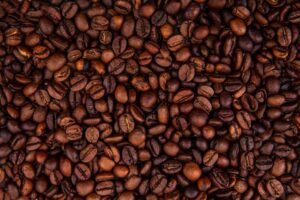
Coffee is the quintessential beverage that gets those who find mornings difficult to get up on their feet. The stimulating effect of coffee is well
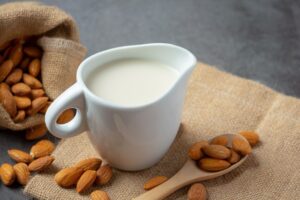
Do you like to drink coffee with milk? Cow’s milk doesn’t agree with you, does it? Then you’re sure to drink your coffee with vegetable

Milk is one of the ingredients that is totally dispensable for the most purist coffee drinkers, since they consider that it adulterates the flavor and

For many people, coffee is all they need to start a day in the best way possible. Or at least to make their day less